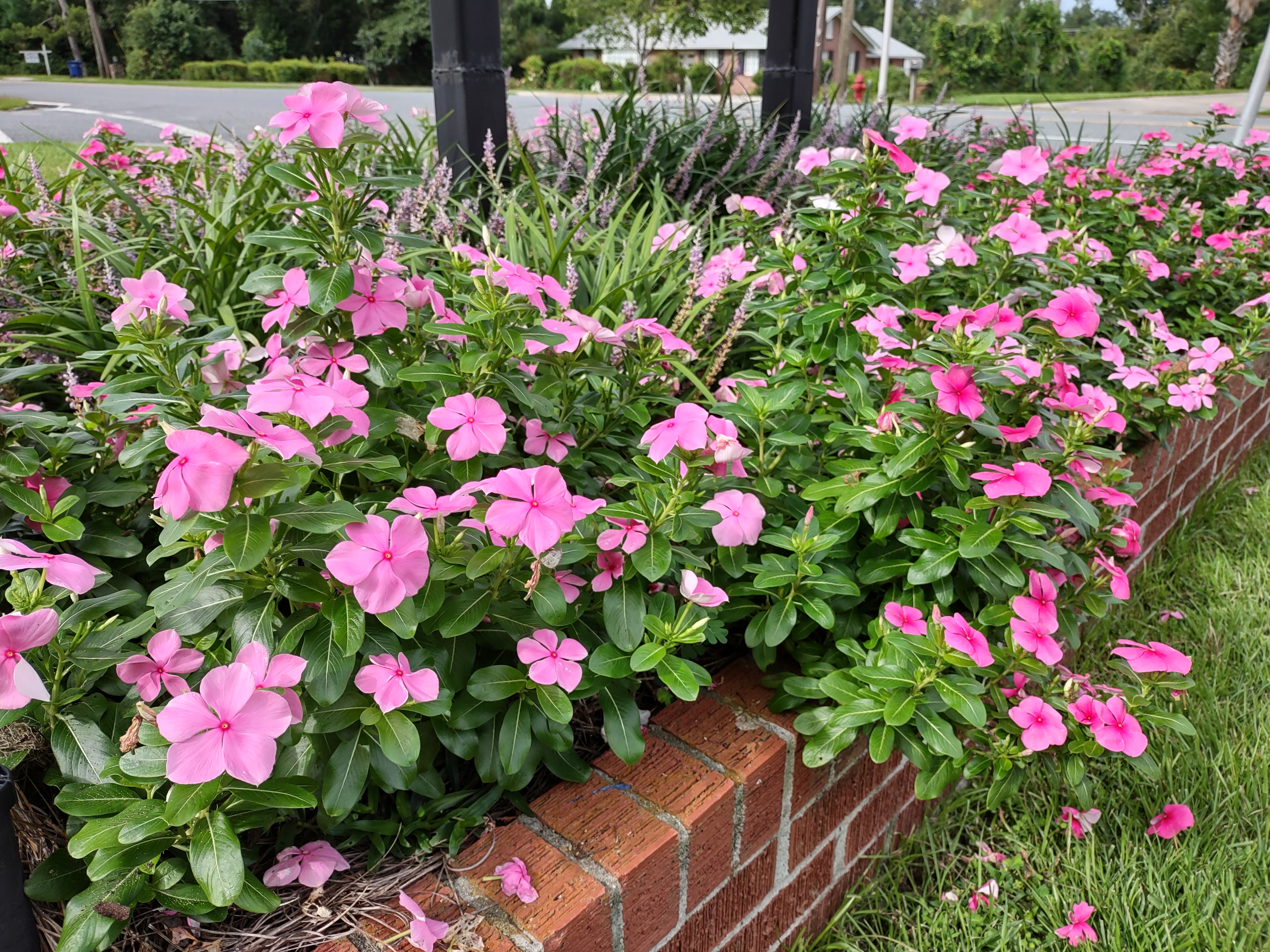The Vinca Plant: A Versatile and Resilient Botanical Wonder
Vinca, a genus of flowering plants in the Apocynaceae family, has captivated gardeners and herbalists alike for centuries due to its versatility, resilience, and medicinal properties. Native to Europe, North Africa, and western Asia, Vinca species have been cultivated for their ornamental value and therapeutic uses for millennia. In this comprehensive article, we will delve into the fascinating world of Vinca plants, exploring their history, characteristics, cultivation, medicinal applications, and cultural significance.
A Brief History of Vinca
The genus Vinca, encompassing species like Vinca major (greater periwinkle) and Vinca minor (common periwinkle), has a rich historical lineage. Ancient Greeks and Romans employed Vinca plants for medicinal purposes, believing them to possess healing properties for various ailments. In traditional medicine, Vinca extracts were used to treat wounds, fevers, and even snakebites. During the Middle Ages, Vinca gained popularity as a symbol of fidelity and everlasting love, often incorporated into bridal bouquets and romantic gestures.

Characteristics of Vinca Plants
Vinca plants are characterized by their low-growing, trailing habit and evergreen foliage. They feature glossy, dark green leaves that are typically oval-shaped and leathery in texture. The plants produce vibrant flowers, usually in shades of blue, purple, or white, that bloom profusely throughout the growing season. Vinca species are known for their hardiness and adaptability, thriving in a wide range of soil conditions and climates.
Cultivation of Vinca Plants
Vinca plants are relatively easy to cultivate and require minimal maintenance. They prefer well-drained soil and can tolerate both full sun and partial shade. Propagation is typically achieved through cuttings, which can be rooted in water or soil. Once established, Vinca plants can spread rapidly and become ground covers, ideal for filling in gaps in gardens or landscaping.
:max_bytes(150000):strip_icc()/annual-vinca-flowers-1315693-6-e427e5108cc64949bc4b25da65cd4bd7.jpg)
Medicinal Applications of Vinca
Vinca plants have been traditionally used in herbal medicine for centuries, with a focus on their potential therapeutic properties. Modern research has shed light on the bioactive compounds present in Vinca species, including alkaloids such as vincristine and vinblastine. These compounds have been found to possess anti-cancer properties, making Vinca extracts valuable in the treatment of certain types of cancer, such as Hodgkin’s lymphoma and leukemia.
Vinca Major:
Vinca Minor:

Cultural Significance of Vinca
Vinca plants have held cultural significance in various societies throughout history. In ancient Rome, Vinca wreaths were worn as symbols of victory and triumph. In Christian symbolism, Vinca is associated with eternal life and faithfulness. Today, Vinca continues to be a popular ornamental plant, cherished for its beauty and resilience.
Conclusion
The Vinca plant, with its rich history, diverse applications, and captivating beauty, remains a valuable and versatile botanical resource. From its traditional use in herbal medicine to its modern role in cancer treatment, Vinca has played a significant part in human health and culture. As we continue to explore the potential of this remarkable plant, it is clear that Vinca will continue to inspire and captivate for generations to come.

:max_bytes(150000):strip_icc()/how-to-grow-coleus-1402921-02-6ca494adf94f4a5887c94256a24ebf33.jpg?w=200&resize=200,112&ssl=1)



:max_bytes(150000):strip_icc()/hoya-plants-1315763-hero-fe8b10a522eb4d7e9ada8abbc303fbc5.jpg?w=200&resize=200,112&ssl=1)